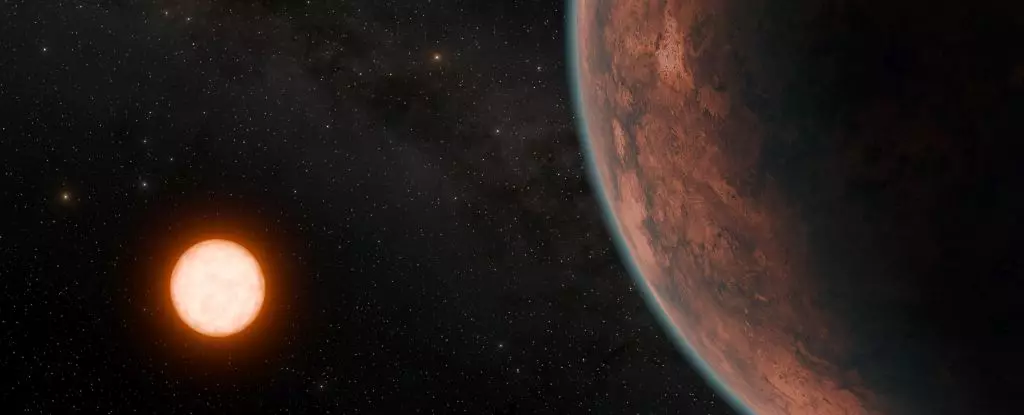A world resembling Earth has been identified in close proximity, just 40 light-years from our Solar System. Named Gliese-12b, this exoplanet shares a similar radius to our home planet, hinting at a rocky composition. Moreover, its distance from its host star suggests that it could potentially harbor conditions conducive to life. According to astrophysicist Shishir Dholakia from the University of Southern Queensland, Gliese-12b could provide vital insights into the habitability of exoplanets.
Despite its promising characteristics, one crucial unknown regarding Gliese-12b is the presence of an atmosphere. This factor can significantly impact whether the planet is habitable or uninhabitable. Dholakia highlights the significance of studying Earth-size planets orbiting cool stars to understand the retention of atmospheres, pointing towards the essential role that atmospheres play in determining habitability.
Although over 5,600 exoplanets have been confirmed so far, the discovery of an “Earth 2.0” remains elusive. While some exoplanets share similarities in size and mass with Earth, finding Earth-sized worlds within the habitable zone poses a challenge. The habitable zone, also known as the Goldilocks zone, defines the region around a star where conditions are favorable for liquid water to exist on a planet’s surface.
Discovered using data from the TESS telescope, Gliese-12b has a radius comparable to Earth’s and orbits its host star every 12.76 days. Despite its close proximity to its star, which would be unfavorable in our Solar System context, Gliese-12 orbits a red dwarf star with lower radiation levels. The estimated surface temperature of Gliese-12b is 42°C, indicating potential habitable conditions depending on the presence and composition of its atmosphere.
By analyzing the atmosphere of Gliese-12b, scientists hope to gain valuable insights into the habitability pathways followed by planets during their development. A comparison with Earth and Venus, which have different atmospheric compositions and temperatures, could shed light on the factors influencing habitability. Understanding the role of atmospheres in regulating surface conditions is crucial for assessing the habitability of exoplanets.
Given its proximity, radius, position in the habitable zone, and low flare activity of its host star, Gliese-12b stands out as a promising candidate for studying habitability emergence and evolution. Researchers are eager to leverage advanced telescopes like JWST for a more detailed analysis of Gliese-12b’s atmosphere. Unraveling the mysteries surrounding this exoplanet could provide conclusive evidence regarding its habitability and contribute to our understanding of potentially hospitable worlds beyond Earth.


Leave a Reply